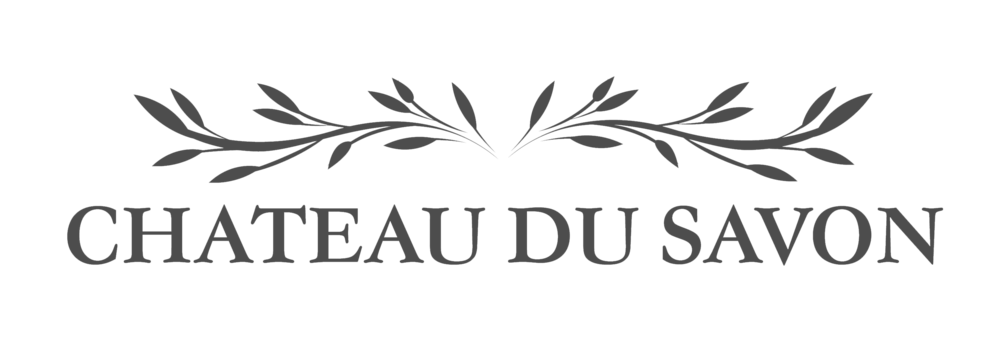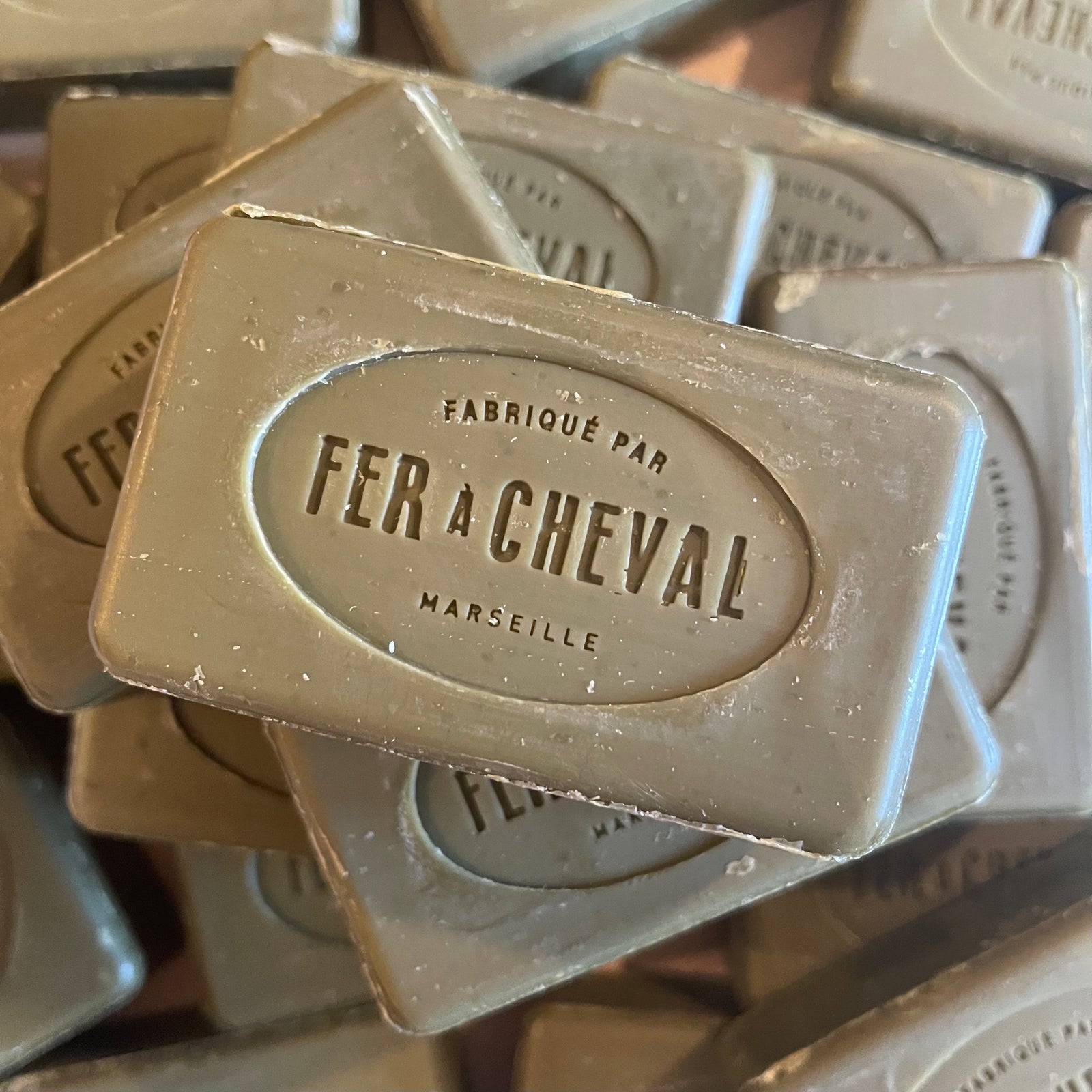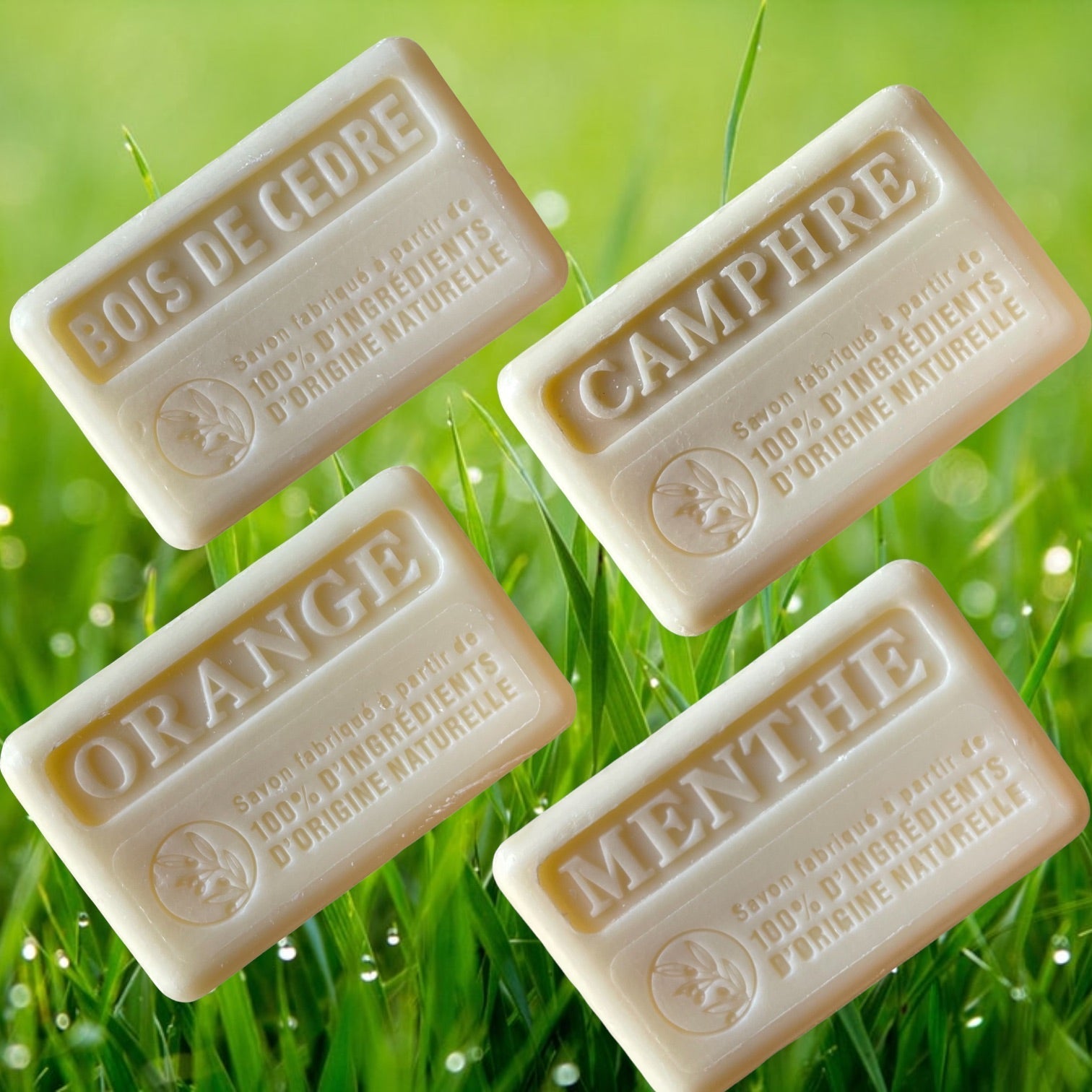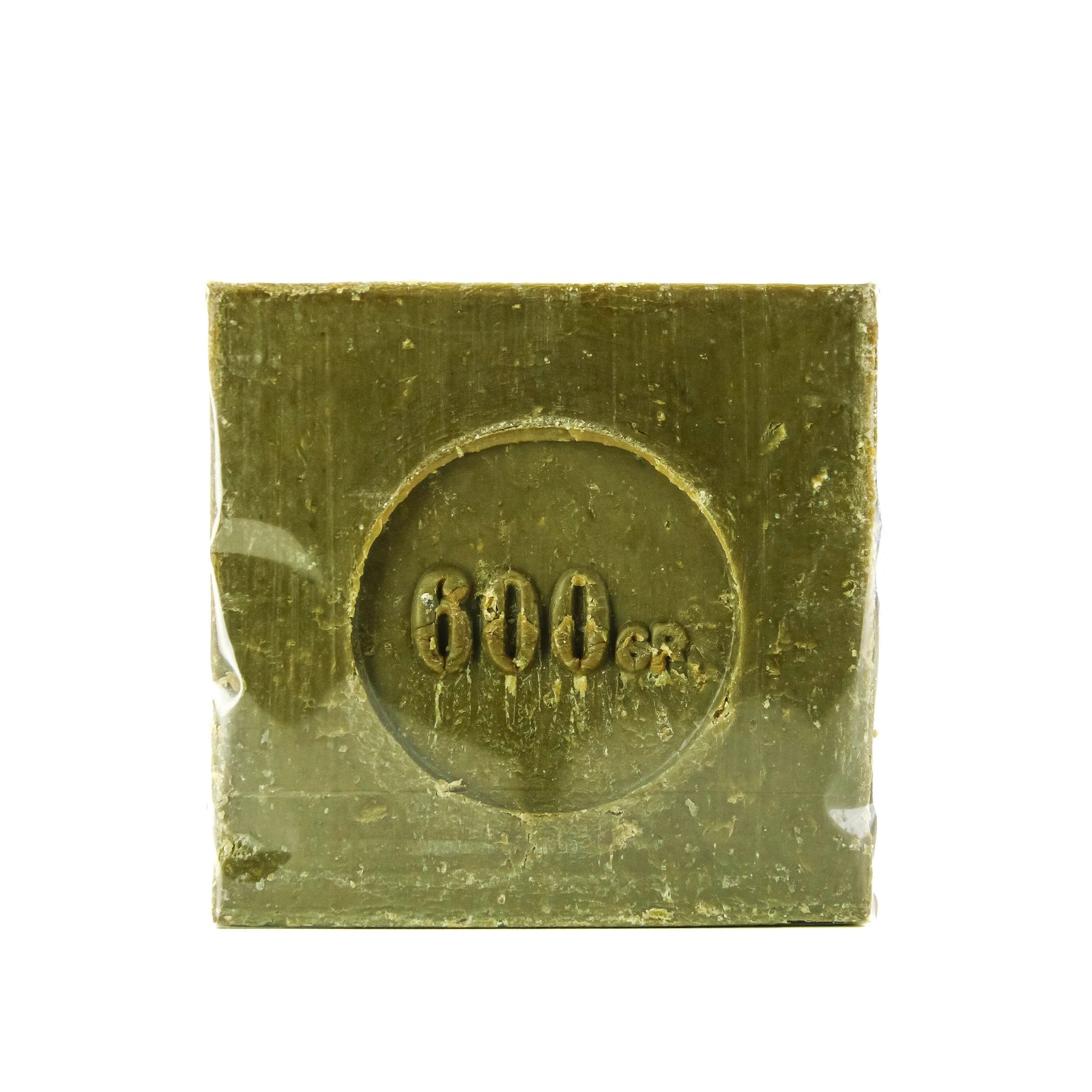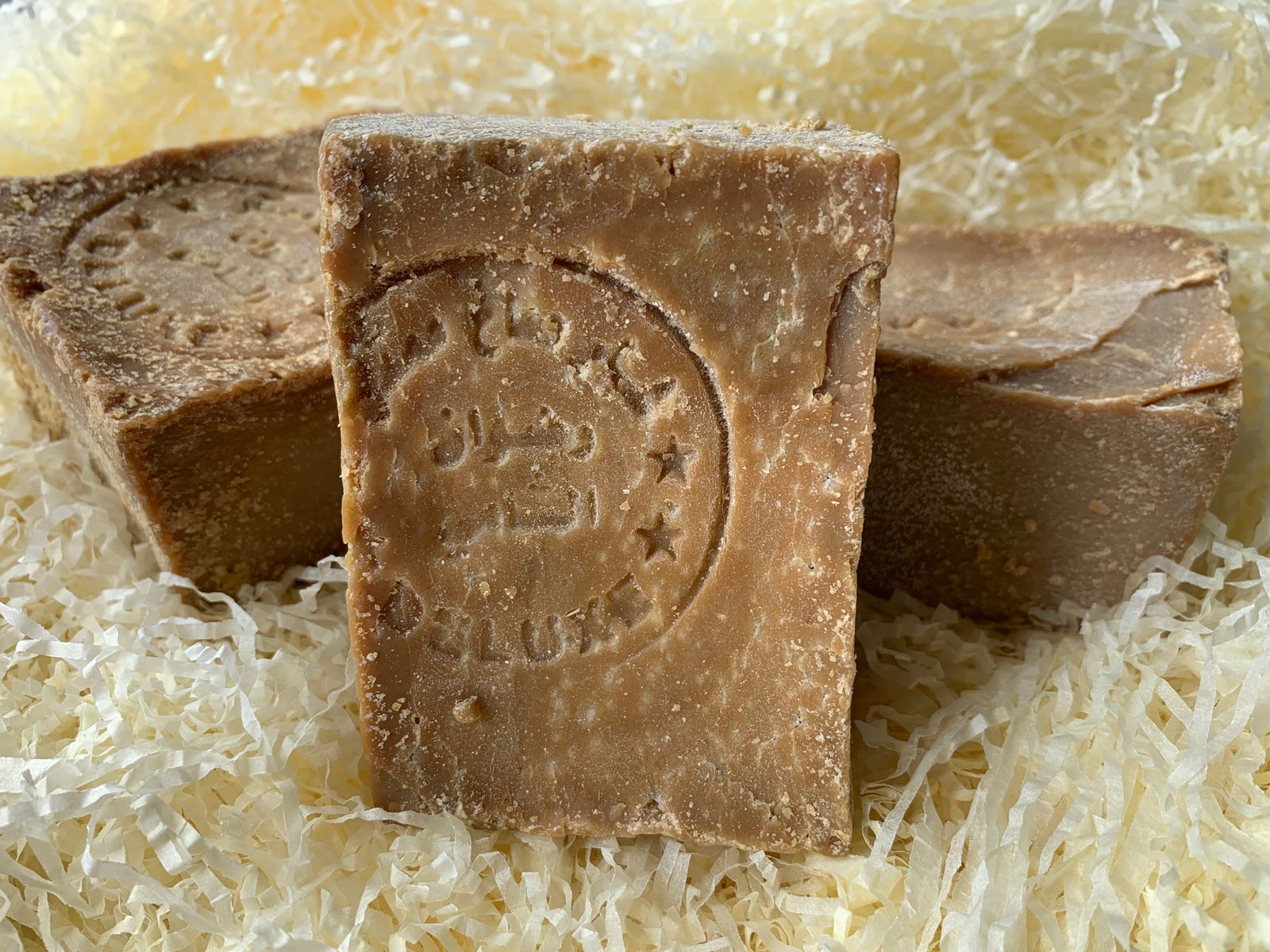How soap went from being plastic free, zero waste to an environmental disaster and back again…………..
An excavation of ancient Babylon revealed evidence that Babylonians were making soap around 2800 B.C. Babylonians were the first one to master the art of soap making. They made soap from fats boiled with ashes. Soap was used in cleaning wool and cotton used in textile manufacture and was used medicinally for at least 5000 years.
The Ebers papyrus (Egypt, 1550 BC) reveals that the ancient Egyptians mixed animal and vegetable oils with alkaline salts to produce a soap-like substance.
According the Pliny the Elder, the Phoenicians used goat's tallow and wood ashes to create soap in 600BC. Early Romans made soaps in the first century A.D. from urine and soap was widely known in the Roman Empire
The Celts made their soap from animal fat and plant ashes and they named the product saipo, from which the word soap is derived.
Beginings of Soap
The first concrete evidence we have of soap-like substance is dated around 2800 BC., the first soap makers were Babylonians, Mesopotamians, Egyptians, as well as the ancient Greeks and Romans. All of them made soap by mixing fat, oils and salts. Soap wasn't made and use for bathing and personal hygiene but was rather produced for cleaning cooking utensils or goods or was used for medicine purposes.
Soap is a product for cleaning made from natural ingredients that may include both plant and animal products, including items as: animal fat, such as tallow or vegetable oil, such as castor, olive, or coconut oil.
Legend has it that Soap got its name from Mount Sapo in Rome. The word sapo, Latin for soap, first appeared in Pliny the Elder's Historia Naturalis. The first soap was made by Babylonians around 2800 B.C. The early references to soap making were for the use of soap in the textile industry and medicinally.
Different approaches to making Soap
Soap making history goes back many thousands years. The most basic supplies for soap making were those taken from animal and nature; many people made soap by mixing animal fats with lye. Today, soap is produce from fats and an alkali. The cold process method is the most popular soap making process today, while some soap makers use the historical hot process.
Did you ever wonder when the first detergent is made? How detergents are made? What are famous brands of detergents? Read about this useful cleaning substance that is used in cleaning dishes, laundry and other surfaces, our Marseille blog is dedicated to this matter.
In the early beginnings of soap making, it was an exclusive technique used by small groups of soap makers. The demand for soap was high, but it was very expensive and there was a monopoly on soap production in many areas. Over time, recipes for soap making became more widely known, but soap was still expensive. Back then, plant by products and animal and vegetable oils were the main ingredients of soap. The price of soap was significantly reduced in 1791 when a Frenchman by the name of LeBlanc discovered a chemical process that allowed soap to be sold for significantly less money.
More than 20 years later, another Frenchman identified relationships between glycerin, fats and acid what marked the beginning of modern soap making. With the 1800 discovery of another method of making soap ingredients, soap became even less expensive. Since that time, there have been no major discoveries and the same processes are used for the soap making we use and enjoy today.
Soap in Britain
Britain was very late to the party when it comes to soap production, but we did contribute to soap making history with a very unique invention………..
Soap seems to have arrived in London in about the 10th century. In 1192 Richard of Devizes (a monk) made a very uncharitable remark about the number of soap-makers in Bristol and the smelly nature of their occupation. During the 12th century we know that Edgar le Saponier was working in London as a soapmaker. Various literature mentions soap and its use. However, nothing much changed until the early Middle Ages.
Further developments in soap making were pioneered in Britain during the late 18th century with the invention of 'Transparent' soap by Andrew Pears, the son of a Cornish farmer. This refined soap was known then as it is now as Pears Transparent Soap.
Over the years and to the present day, opaque soaps have remained the favourite, mainly because transparent soaps tend to be more expensive and also don't last as long.
Soap in the battlefield – a turning point ?
Many claim that the real turning point in making soap ubiquitous came during the mid-19th century. Early in the Crimean War (1854-1857), fought by the British in what is today the Ukraine, most of the deaths the British suffered came from disease rather than battle wounds. After Florence Nightingale brought hygiene into British field hospitals in late 1854, however, British deaths decreased. This lesson was not lost on Americans who, during their Civil War (1861-1865), instituted hygienic reforms among soldiers. Having become accustomed to regular soap use, soldiers returning from battle brought their new, clean habits home.
Marseille Soap
The soap that we fell in love with is of course the famous Marseille soap or Savon de Marseille, a traditional hard soap made from vegetable oils that has been produced around Marseille, France, for about 600 years. The first documented soap maker was recorded there in about 1370. By 1688, Louis XIV introduced regulations in the Edict of Colbert limiting the use of the name “Savon de Marseille” to olive oil based soaps. The law has since been amended to allow other vegetable oils to be used.
By 1913 production had reached 180,000 tons, and in 1924 there were 132 soap making companies in the Marseille and Salon-de-Provence areas combined, but by 2000 only five remained.
Traditionally, the soap is made by mixing sea water from the Mediterranean Sea, olive oil, and the alkaline ash from sea plants together in a large cauldron (usually making about 8 tons), This mixture is then heated for several days, stirring constantly. The mixture is allowed to sit until ready, then poured into a mould and allowed to set slightly. While still soft it is cut into bars, stamped, and left to completely harden. The whole process can take up to a month.
Modern day
In the last 50 years we have moved away from the eco friendly solid soaps to convenience soaps in liquid form using plastic bottles that end up in our oceans……
1970s – Development and marketing of liquid hand soaps; fabric softener sheets; detergent-fabric softener combinations.
1980s – Development and marketing of cold-water detergents; liquid dishwasher detergents; concentrated laundry detergents.
1990s – Development and marketing of super-concentrated powder and liquid detergents and fabric softeners; gel dishwasher detergents.
2000s – Development and marketing of disposable cleaning wipes; dissolvable detergent packets; “green” and eco-friendly detergents.
Where do we go now………
In recent years, and I refer to only really the last 36 months our general awareness of the harm of products developed in the last 50 years has come to light, and once more we have the opportunity to turn our back on these highly processed manufactured products and take the learnings from the history we have just been briefly reading about and embrace an amazing product that has always been plastic free and embedded in our history since 2800BC
Thanks to contributors from
Soaphistory.net , soapkitchen.com
